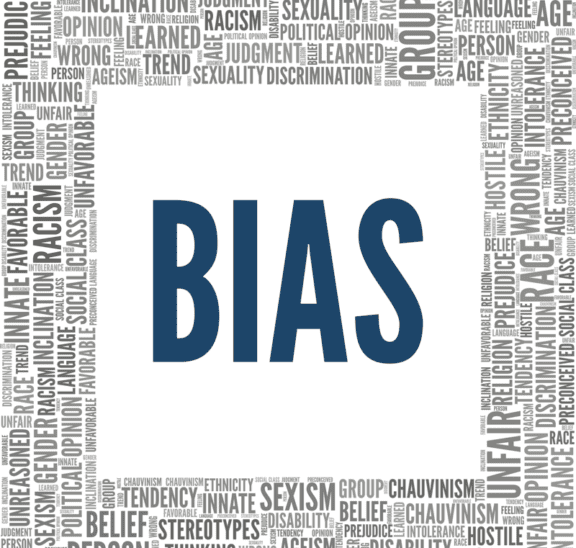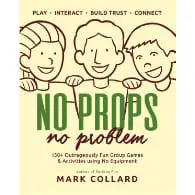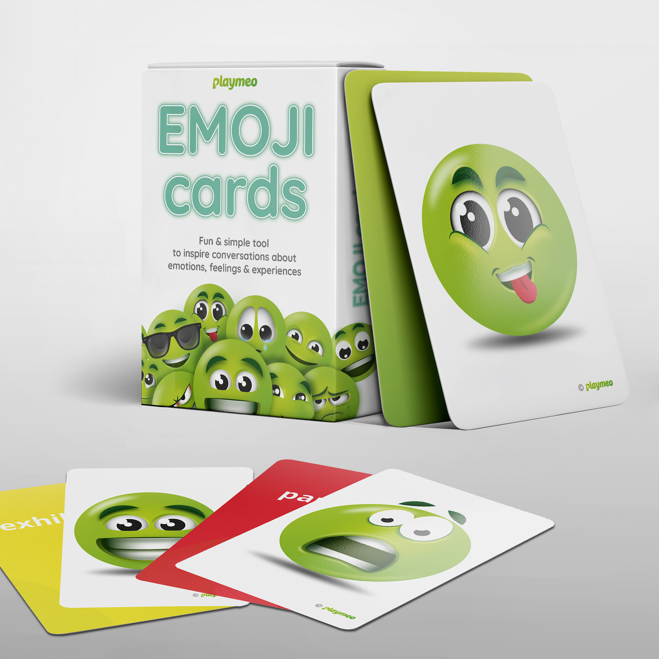20+ Fun & Engaging Ways to Form Random Pairs
So you’ve asked your group to pick a partner so that you can form smaller teams and… they immediately make a beeline to their best…

Do you know this story?
A man and his son are driving in a car one day when they get into a fatal accident. The man is killed instantly. The boy is knocked unconscious. He is still alive and is rushed to the hospital for immediate surgery. The doctor enters the emergency room, looks at the boy, and says “I can’t operate on this boy, he is my son.”
Wait. What?
How can this happen?
The fact that some of us struggle to make sense of this story illustrates just how pervasive our biases are.
To be clear, the doctor is the boy’s mother.
Bang!
Is it possible that you struggled with this story because you imagined (assumed) the doctor to be a male? You are not alone. Indeed, I would suggest that most people – men and women – envisioned a male doctor entering the emergency room. Such is the hidden influence of unconscious bias.
Another quick story, this time real.
It is not unusual for heads of state to furnish the background of their press conferences with the presence of their national flag. Such has been the case in Australia for more than 100 years. Then, in the very first press conference held by the new Australian Prime Minister this year, three flags appeared – the traditional Australian flag in the centre flanked by two flags representing the indigenous cultures of our nation. This had never occurred before, yet it made immediate sense because the new Australian government had committed to embracing indigenous voice and culture as part of their new parliament.
Now, as exciting (and long overdue) as the presence of these two indigenous flags is, their appearance for the first time marked an uncomfortable (and unconscious) bias many people in the Australian community (including me) have entertained for a long time – their absence. It never occurred to me that the flags were missing, until they appeared. I was unconscious of this bias until it slapped me in the face.
Of course, there are many, many more real stories of unconscious bias that impact people all over the world in very serious ways. In no way do these simple stories intend to downplay the significance of these issues. Rather, I want to inspire you to consider ways in which experiential activities and their careful sequencing can facilitate conversations to explore these very real issues.
These stories, and so much more, were the focus of a recent conversation I had with a member who was eager to learn a bunch of activities that they could adapt to help their group explore and discuss the impacts of unconscious bias in their workplace.
As you may already know, there is no specific attribute in the playmeo activity database that is dedicated to this particular issue. So, our time was spent looking at many activities that can be or are influenced by bias in simple ways.
In addition to the story of the man and boy above, we agreed that the following three activities could be powerful catalysts for conversations about bias, too:
This short, no-prop activity very quickly illustrates the impact of assumptions on the relationships of those around us. The exercise invites three groups of people to interact and communicate in a particular manner with all others. Chaos ensues which provides a rich tapestry of experiences to share, understand and reflect upon.
A large number of these lateral thinking puzzles are ideally suited to highlighting the presence of biases. For example, consider this scenario: Romeo and Juliet are found dead lying on the floor in a pool of water. What happened? As with all Minute Mysteries, your group is then invited to ask a series of questions to solve the mystery of how Romeo and Juliet died. Spoiler Alert – I bet you immediately thought of the Shakespearean characters, right? Wrong. They are goldfish, and their tank broke causing them to fall to the floor and die. The key here (your job) is to transfer what your group learns from this (fictional) experience to the real world.
Once again, this team-based puzzle presents a series of facts that for the most part group members will overlay with a set of assumptions. Your group’s objective is to identify who robbed the bank, and of course, it’s not who your group expects it to be. Bias, once again, plays a big role in influencing the decision-making processes of the group.
For something a little different, take a look at Juliana Mosley’s TED Talk which I featured in a blog post last year that explores cultural humility, the ability of a person to make unconscious prejudice, biases, or preconceived notions conscious. Well worth the 17-minute view.
Finally, what activities do you know that could highlight unconscious bias?
Please share in the Comments section below…

Best-selling book featuring 150+ fun group games & activities. Scan QR codes to access digital content including videos.

Brand new deck of cards featuring emoji images to help you inspire conversations about emotions, feelings & experiences.
Download our free 28-page ebook jam-packed with outrageously fun activity ideas.
Just one more question:
Share this with friends and colleagues.
We offer a range of membership plans with no surprises.
Click an option below & discover our simple pricing.

Click here if you’re a:

Click here if you represent a:
Explore plans for
10, 50, 200 or more
potential users
A member Chris shared this via email with me: “…I was reading through your story about unconscious bias and I recalled a conversation I had with a colleague this past year. He was sharing that same scenario (the son is brought to a hospital and the doctor can’t operate) with his 8th grade daughter, and when he asked the final question (how could this be?) without missing a beat, she responded, “The kid had two dads!” He was blown away both by her answer AND how he had not even considered that as an option, which was further evidence of unconscious bias…”